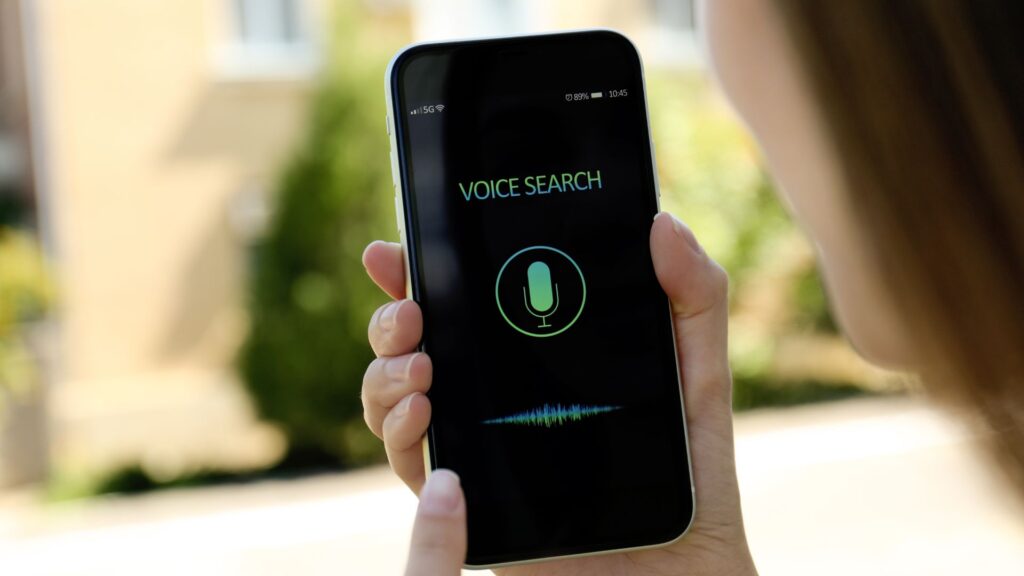The Ultimate Guide to Voice Search SEO: Optimize Your Content for the Future
Voice search is rapidly transforming how people find information online. As more users embrace digital assistants and smart speakers, optimizing your content for voice queries is becoming essential for SEO success. This comprehensive guide will equip you with actionable strategies to boost your rankings and visibility in voice search results.
The Voice Search Revolution
Voice search adoption has skyrocketed in recent years:
- 41% of adults use voice search daily
- 20% of mobile queries are voice searches
- Voice searches have grown 35x since 2008
This trend is driven by several key factors:
- Voice search is 3.7x faster than typing
- It’s more convenient, especially on mobile devices
- Smart speakers are becoming ubiquitous in homes
As voice technology improves, we can expect voice search to continue gaining market share. Forward-thinking marketers need to adapt their SEO strategies accordingly.
How Voice Search Impacts SEO
Voice queries differ from text searches in several important ways:
1. Longer, more conversational queries
Voice searches tend to be longer and phrased as full questions or commands. For example, instead of typing “weather NYC”, someone might ask “What’s the weather forecast for New York City today?”
2. Focus on local intent
Many voice searches have local intent, like “Where’s the nearest coffee shop?” or “What time does the pharmacy close?”
3. Emphasis on featured snippets
Voice assistants often pull answers directly from featured snippets, making position zero more important than ever.
4. Natural language processing
Voice search relies heavily on natural language processing to interpret queries and deliver relevant results.
Keyword Research for Voice Search
To optimize for voice, focus your keyword research on:
Question keywords
Target long-tail question phrases like “how do I…” or “what is the best way to…”
Conversational language
Use natural phrasing that matches how people actually speak.
Local intent
Include location-based keywords for businesses with physical locations.
Long-tail variations
Capture a wider range of voice queries by targeting many long-tail keyword variations.
Optimizing Content for Voice Search
Follow these best practices to make your content more voice search-friendly:
1. Create concise, direct answers
Voice search results tend to be around 29 words on average. Include clear, succinct answers to common questions in your content.
2. Use structured data markup
Implement schema markup to help search engines understand and extract key information from your pages.
3. Optimize for featured snippets
Format content with bullet points, numbered lists, and concise definitions to increase chances of earning featured snippets.
4. Improve site speed
Voice search results load 3.8x faster than average pages. Optimize your site speed to compete.
5. Focus on mobile optimization
Many voice searches occur on mobile devices, so having a fast, mobile-friendly site is crucial.
Advanced Voice Search Optimization Tips
Create FAQ pages
FAQ pages are 1.7x more likely to appear in voice search results compared to desktop results. Build out comprehensive FAQ sections to target common voice queries.
Optimize for “near me” searches
Include location-specific content and optimize your Google My Business listing to capture local voice queries.
Use natural language
Write in a conversational tone that matches how people actually speak. Avoid overly technical language.
Target featured snippets
40.7% of voice search answers come from featured snippets. Optimize your content to earn these coveted positions.
Build domain authority
Voice search results tend to come from high authority domains. Focus on building overall site authority through quality link building.
Measuring Voice Search Performance
Track these key metrics to gauge your voice search optimization efforts:
- Featured snippet rankings
- Answer box appearances
- Voice search impression share in Google Search Console
- “Near me” query rankings
- Question keyword rankings
The Future of Voice Search
As voice technology continues advancing, we can expect:
- More personalized voice search results
- Integration of voice across more devices and platforms
- Improved natural language processing and AI capabilities
- Growth of voice commerce and transactions
Marketers who start optimizing for voice search now will be well-positioned as this technology becomes increasingly prevalent. By following the strategies in this guide, you can future-proof your SEO efforts and capture valuable voice search traffic.
Frequently Asked Questions
How is voice search different from text-based search?
Voice searches tend to be longer, more conversational, and phrased as questions. They often have local intent and rely more heavily on featured snippets for answers.
What types of content work best for voice search?
FAQ pages, local content, featured snippet-optimized pages, and content written in natural language tend to perform well in voice search results.
How can I optimize my website for voice search?
Focus on conversational keywords, create concise answers to common questions, improve site speed, optimize for mobile, and use structured data markup.
What tools can I use for voice search optimization?
Tools like Answer the Public, BuzzSumo Question Analyzer, and SEMrush’s Voice Search report can help with voice search keyword research and optimization.
How important is featured snippet optimization for voice search?
Very important – over 40% of voice search answers come from featured snippets. Optimizing for position zero should be a key part of any voice search strategy.

